Are you an animal lover looking to explore the best animal museums in Saxony? Here are your best options:

Leipzig Zoo
LeipzigThe Leipzig Zoo (Zoologischer Garten Leipzig) is a zoo in Leipzig that covers about 27 hectares, containing around 850 species. The Leipzig zoo is mostly known for its large building projects, including the Pongoland with gorillas, chimpanzees, bonobos and orangutans and Gondwanaland, the world's se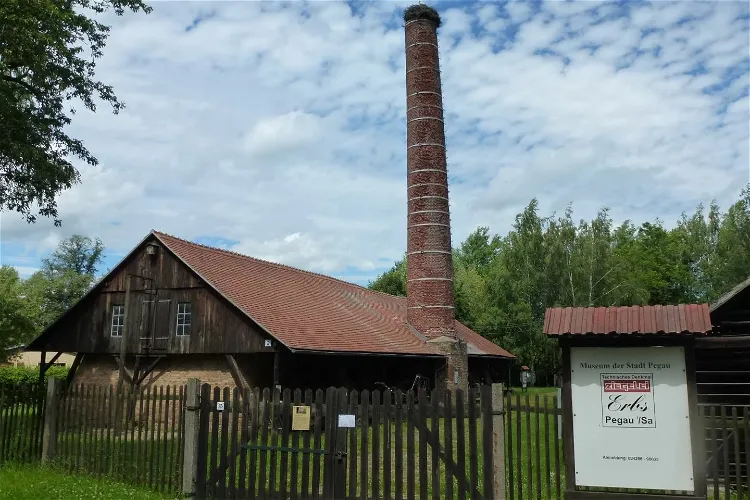
Technisches Denkmal Ziegelei Erbs
PegauThe Ziegelei Erbs in Pegau is a technical monument that serves as a museum. This historical site offers a unique insight into the early phase of industrial brick production. The brickyard is under monument protection and is affiliated with the Pegau Museum. With its preserved, subtly restored technical facilities and equipment, it demonstrates how bricks were made in the first half of the 20th century.
Zoo Hoyerswerda
HoyerswerdaThe Zoo Hoyerswerda is a zoological garden located in the heart of Hoyerswerda's old town, right next to the castle. It covers an area of six hectares and is home to approximately 1000 animals in 120 forms. In addition to the diverse animal life, the zoo also houses 120 plants in 56 species. The zoo was founded in the 1950s by a nature enthusiast who introduced some exotic ducks and swans to the castle moat.
Wildgehege Moritzburg
MoritzburgThe Wildgehege Moritzburg is a wildlife park that spans approximately 40 hectares. It is situated in the Saxon municipality of Moritzburg, about ten kilometers north of Dresden, near the Moritzburg Castle. As a historical hunting enclosure, it is part of the overall Moritzburg ensemble. The park is home to various native wildlife species, with a focus on the historical development of the wildlife park. The significance of hunting, forestry, and nature conservation and their impact on the forest ecosystem are presented.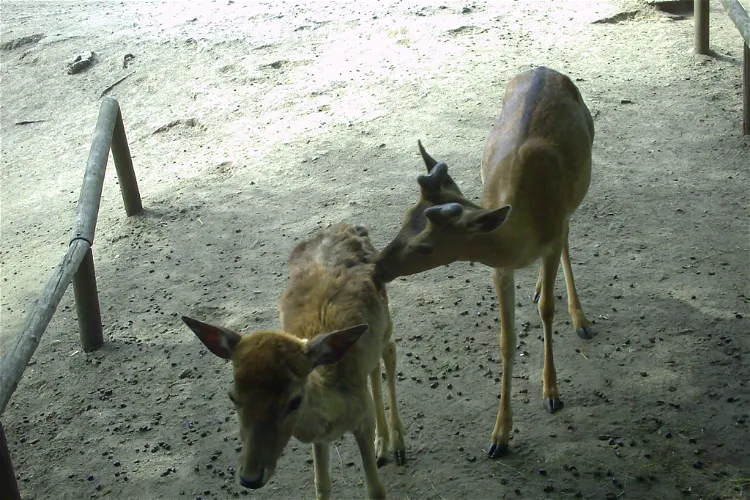
Tierpark Weißwasser
Weißwasser/O.L.The Tierpark Weißwasser is a zoo situated in the eastern Saxon city of Weißwasser/Oberlausitz. Its location is quite convenient for tourists as it is close to the city center and directly north of Jahnteich in Jahnpark. This makes it easily accessible for visitors who are exploring the city and looking for a nature-filled experience.
Botanischer Garten Chemnitz
ChemnitzThe Botanischer Garten Chemnitz, situated approximately 3 km northwest of the city center of Chemnitz, is a 12-hectare garden that primarily showcases Central European plant families and useful plants from around the globe. This vast area provides a unique opportunity for visitors to explore and learn about a wide variety of plant species in one location.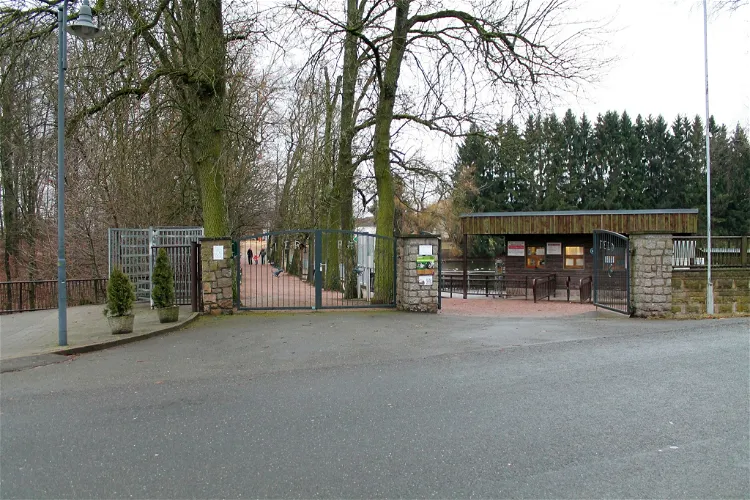
Hirschfeld Wildlife Park
VoigtsgrünHirschfeld Wildlife Park is situated in the scenic locale of Voigtsgrün, which is a part of the municipality of Hirschfeld. This park is conveniently located near Zwickau in the German Free State of Saxony, making it easily accessible for tourists visiting the region.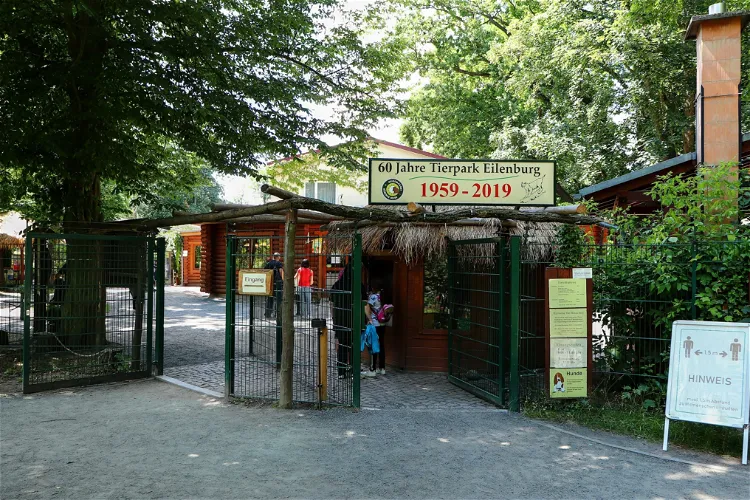
Zoo Eilenburg
EilenburgThe Eilenburg Zoo, situated in the Saxon city of Eilenburg, is a zoological garden that spans an area of about 4 hectares. It is home to approximately 300 animals, both native and exotic, from 50 different species. This diverse collection of wildlife offers visitors a unique opportunity to observe and learn about a wide range of animals in one location.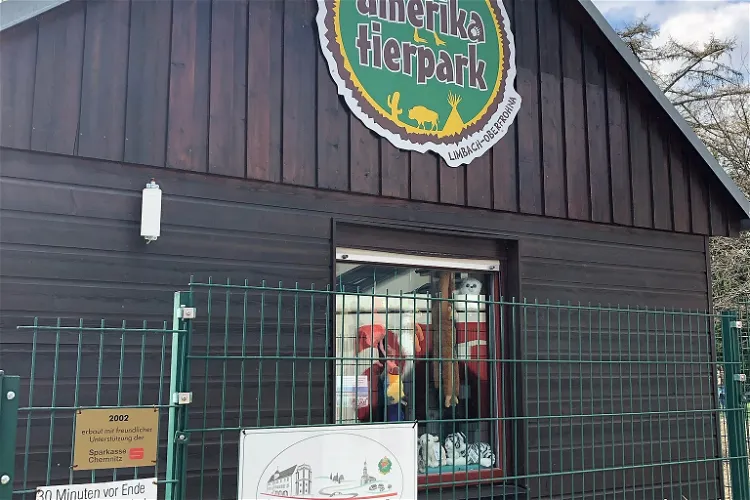
Amerika-Tierpark Limbach-Oberfrohna
Limbach-OberfrohnaThe Tierpark Limbach-Oberfrohna is a quaint zoo nestled in the city of Limbach-Oberfrohna. It shares its borders with the Limbacher Teiche nature reserve, providing a serene and natural environment for the animals and visitors alike.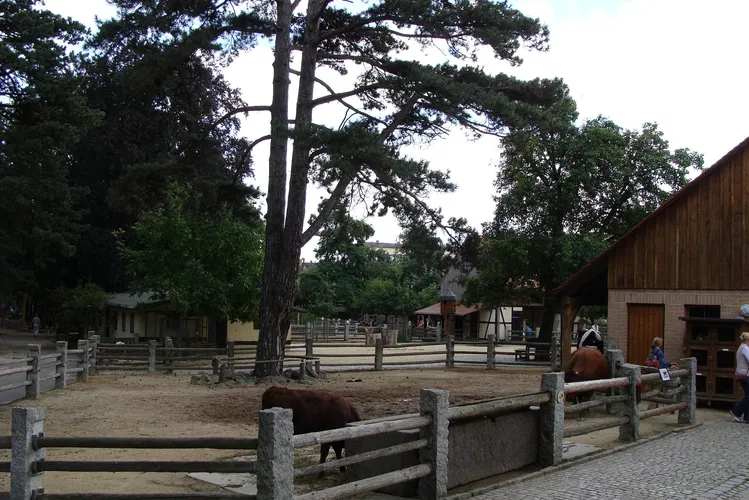
Görlitz Zoo
GörlitzThe Görlitz Zoo, also known as Naturschutz-Tierpark Görlitz, is located in Görlitz, Saxony, Germany. This zoo is a significant attraction in the region, offering visitors a chance to explore a diverse range of animal species.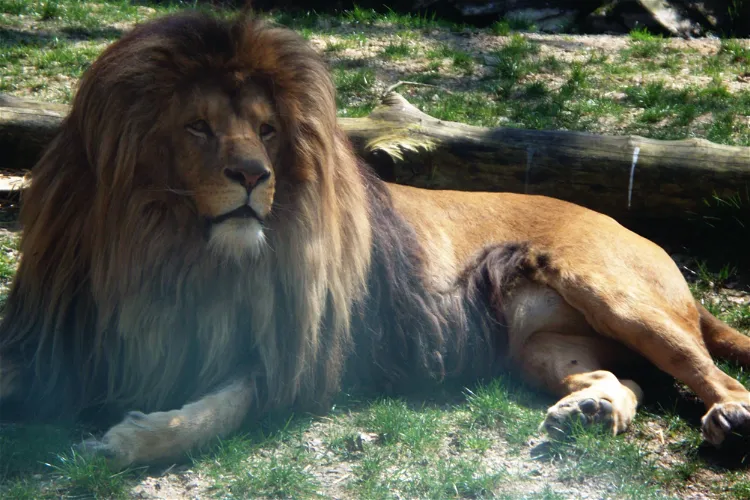
Chemnitz Zoo
ChemnitzChemnitz Zoo, situated in the city of Chemnitz, was established in 1964. Initially, the zoo's focus was on the wildlife of the former Soviet Union. However, over the years, the zoo has shifted its focus towards the conservation of endangered species. This change in focus reflects the zoo's commitment to biodiversity and the preservation of wildlife.
Schauanlage und Museum der Granitindustrie
HaselbachtalThe museum offers a comprehensive view of the production process from extraction to processing and loading. Visitors can see a functional stone splitting machine, a cable crane system, various derrick cranes, and a large stone gang saw. These exhibits provide a hands-on understanding of the granite industry's operations.- 13
Tiergarten Falkenstein
Falkenstein/VogtlandThe Tiergarten Falkenstein, originally known as Station junger Forscher, was established in 1953. It is a zoo that remains open throughout the year in the city of Falkenstein/Vogtl. The zoo spans a total area of 1.80 hectares, providing ample space for the animals and visitors. - 14
Zoo der Minis - Tiergarten Aue
AueAs the name suggests, the zoo focuses mainly on small animals - but it is definitely worth a visit for the unique species housed there. 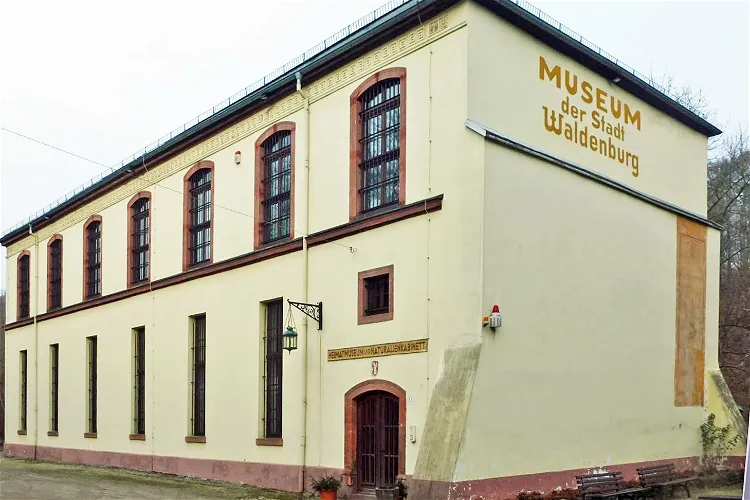
Museum - Natural History Collection Waldenburg
WaldenburgThe Museum – Naturalienkabinett in Waldenburg (Saxony) is home to the Naturalienkabinett of the Princes of Schönburg-Waldenburg. This collection has been housed in the outdoor area of Waldenburg Castle since the 1840s, making it a significant part of the region's history.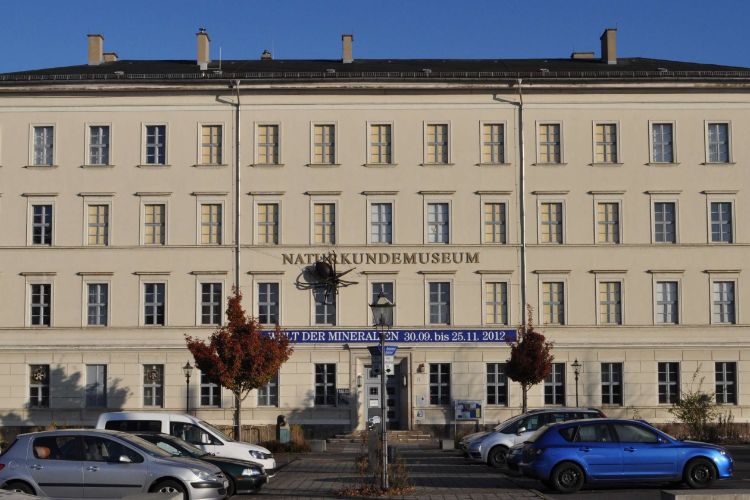
Naturkundemuseum
LeipzigThe Naturkundemuseum is a natural history museum in Leipzig with geological-paleontological, botanical, zoological and archaeological collections. The museum includes the insect collection of Alexander Julius Reichert. The collections contain a large number of scientifically valuable exhibits. Among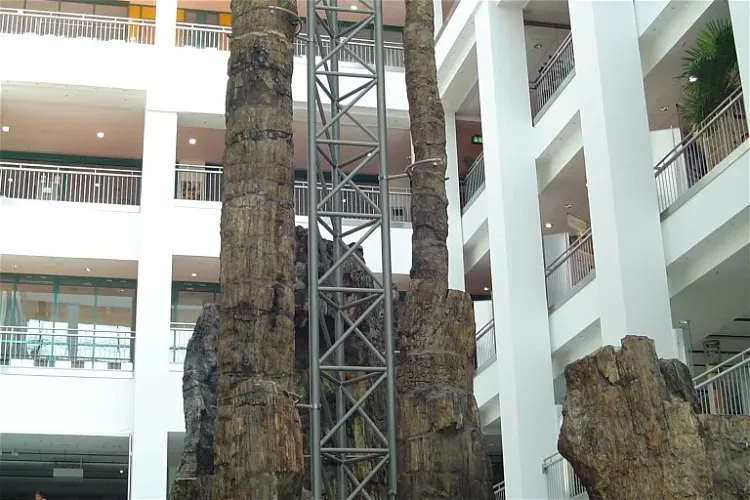
Museum für Naturkunde
ChemnitzThe Museum für Naturkunde Chemnitz, established in 1868, is a natural history museum situated in Chemnitz, Saxony. It is home to a vast collection of over 300,000 exhibits. Among these are the Sterzeleanum, a historical cabinet, and the Insectarium. The museum also hosts rotating special exhibitions, providing visitors with a variety of experiences and insights into the natural world.- 18
Tierpark
FreibergTierpark Freiberg is a small zoo located in the city of Freiberg. It is situated about 500 meters southwest of the old town, nestled between Goethestraße, Chemnitzer Straße, Johann-Sebastian-Bach-Straße, and Lessingstraße. This location makes it easily accessible for tourists visiting the city.